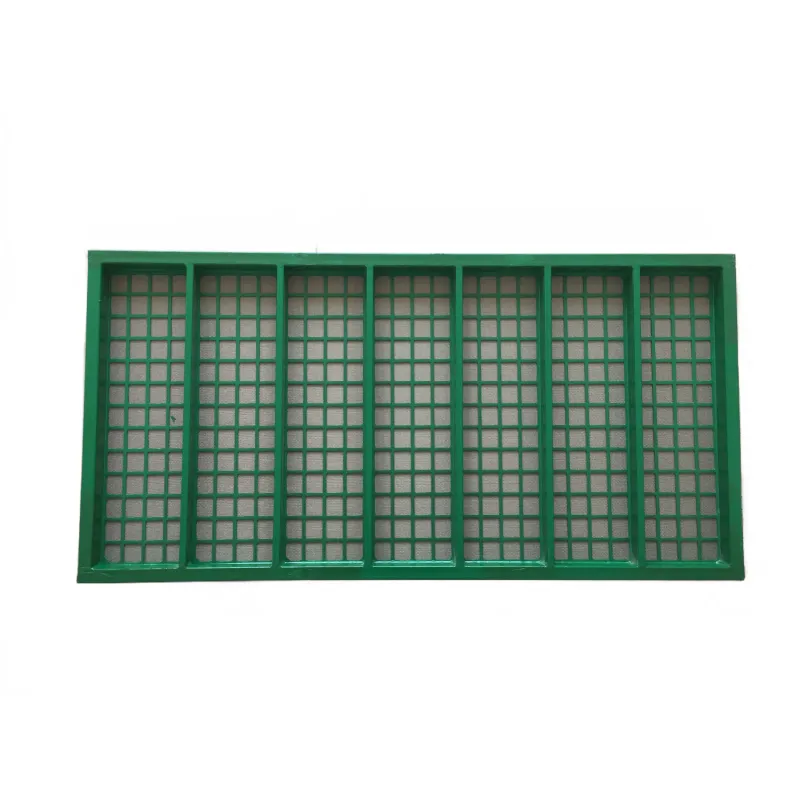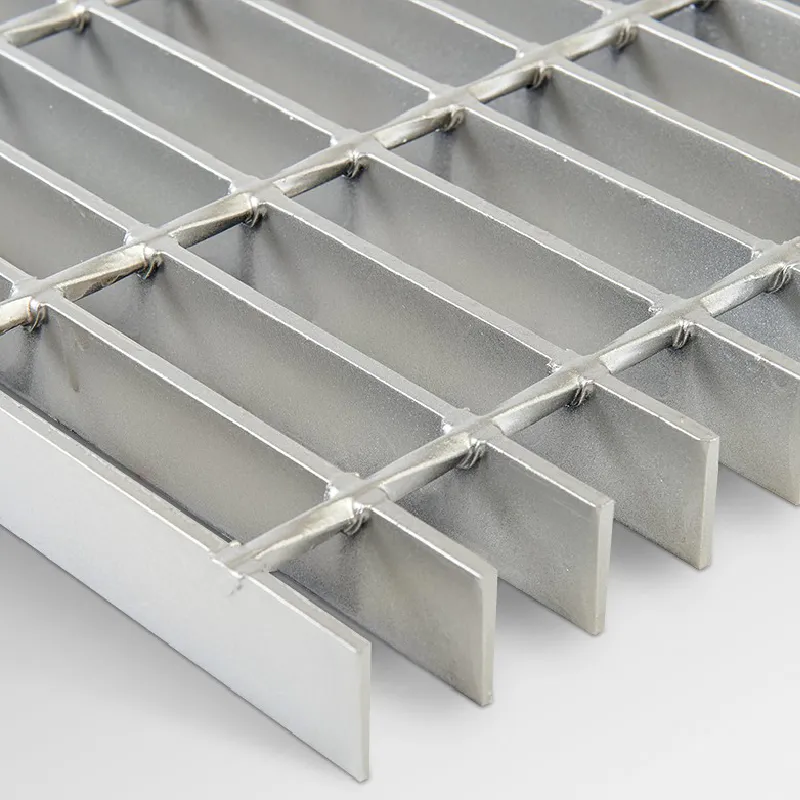- Industrial zone, South of Anping Town, Hengshui, Hebei, China.
- sales@hfpetromesh.com
- +86-18931809706
 Afrikaans
Afrikaans  Albanian
Albanian  Amharic
Amharic  Arabic
Arabic  Armenian
Armenian  Azerbaijani
Azerbaijani  Basque
Basque  Belarusian
Belarusian  Bengali
Bengali  Bosnian
Bosnian  Bulgarian
Bulgarian  Catalan
Catalan  Cebuano
Cebuano  Corsican
Corsican  Croatian
Croatian  Czech
Czech  Danish
Danish  Dutch
Dutch  English
English  Esperanto
Esperanto  Estonian
Estonian  Finnish
Finnish  French
French  Frisian
Frisian  Galician
Galician  Georgian
Georgian  German
German  Greek
Greek  Gujarati
Gujarati  Haitian Creole
Haitian Creole  hausa
hausa  hawaiian
hawaiian  Hebrew
Hebrew  Hindi
Hindi  Miao
Miao  Hungarian
Hungarian  Icelandic
Icelandic  igbo
igbo  Indonesian
Indonesian  irish
irish  Italian
Italian  Japanese
Japanese  Javanese
Javanese  Kannada
Kannada  kazakh
kazakh  Khmer
Khmer  Rwandese
Rwandese  Korean
Korean  Kurdish
Kurdish  Kyrgyz
Kyrgyz  Lao
Lao  Latin
Latin  Latvian
Latvian  Lithuanian
Lithuanian  Luxembourgish
Luxembourgish  Macedonian
Macedonian  Malgashi
Malgashi  Malay
Malay  Malayalam
Malayalam  Maltese
Maltese  Maori
Maori  Marathi
Marathi  Mongolian
Mongolian  Myanmar
Myanmar  Nepali
Nepali  Norwegian
Norwegian  Norwegian
Norwegian  Occitan
Occitan  Pashto
Pashto  Persian
Persian  Polish
Polish  Portuguese
Portuguese  Punjabi
Punjabi  Romanian
Romanian  Russian
Russian  Samoan
Samoan  Scottish Gaelic
Scottish Gaelic  Serbian
Serbian  Sesotho
Sesotho  Shona
Shona  Sindhi
Sindhi  Sinhala
Sinhala  Slovak
Slovak  Slovenian
Slovenian  Somali
Somali  Spanish
Spanish  Sundanese
Sundanese  Swahili
Swahili  Swedish
Swedish  Tagalog
Tagalog  Tajik
Tajik  Tamil
Tamil  Tatar
Tatar  Telugu
Telugu  Thai
Thai  Turkish
Turkish  Turkmen
Turkmen  Ukrainian
Ukrainian  Urdu
Urdu  Uighur
Uighur  Uzbek
Uzbek  Vietnamese
Vietnamese  Welsh
Welsh  Bantu
Bantu  Yiddish
Yiddish  Yoruba
Yoruba  Zulu
Zulu
- Afrikaans
- Albanian
- Amharic
- Arabic
- Armenian
- Azerbaijani
- Basque
- Belarusian
- Bengali
- Bosnian
- Bulgarian
- Catalan
- Cebuano
- Corsican
- Croatian
- Czech
- Danish
- Dutch
- English
- Esperanto
- Estonian
- Finnish
- French
- Frisian
- Galician
- Georgian
- German
- Greek
- Gujarati
- Haitian Creole
- hausa
- hawaiian
- Hebrew
- Hindi
- Miao
- Hungarian
- Icelandic
- igbo
- Indonesian
- irish
- Italian
- Japanese
- Javanese
- Kannada
- kazakh
- Khmer
- Rwandese
- Korean
- Kurdish
- Kyrgyz
- Lao
- Latin
- Latvian
- Lithuanian
- Luxembourgish
- Macedonian
- Malgashi
- Malay
- Malayalam
- Maltese
- Maori
- Marathi
- Mongolian
- Myanmar
- Nepali
- Norwegian
- Norwegian
- Occitan
- Pashto
- Persian
- Polish
- Portuguese
- Punjabi
- Romanian
- Russian
- Samoan
- Scottish Gaelic
- Serbian
- Sesotho
- Shona
- Sindhi
- Sinhala
- Slovak
- Slovenian
- Somali
- Spanish
- Sundanese
- Swahili
- Swedish
- Tagalog
- Tajik
- Tamil
- Tatar
- Telugu
- Thai
- Turkish
- Turkmen
- Ukrainian
- Urdu
- Uighur
- Uzbek
- Vietnamese
- Welsh
- Bantu
- Yiddish
- Yoruba
- Zulu
феб . 07, 2025 03:11
Back to list
metal grating for sale
Metal grating is a versatile material widely used across various industries, offering exceptional strength, durability, and adaptability. This article delves into the intricacies of metal grating, exploring its types, applications, and esteemed significance in enhancing industrial processes.
The adaptability of metal grating makes it invaluable in a myriad of applications. Industrially, it is employed for walkways, platforms, safety barriers, drainage covers, and stair treads. Its ability to withstand heavy loads while providing a non-slip surface is crucial for workplace safety and efficiency. Furthermore, in architectural domains, metal grating is utilized in facades, ceiling panels, and sunscreens, offering a modern aesthetic while maintaining structural integrity. In the realm of environmental sustainability, metal grating offers exceptional benefits. Materials used in its construction, such as steel, are highly recyclable. This recyclability reduces waste and supports the circular economy, an increasingly important consideration in contemporary industrial practice. Moreover, the open pattern of metal grating facilitates environmental integration, allowing for natural light and air penetration, which contributes to energy savings in building designs. The expertise and craftsmanship involved in producing metal grating underline its authoritative position in industrial components. Manufacturers adhere to stringent quality controls and standards, such as ISO certifications, ensuring each piece of metal grating meets the precise specifications needed for its intended application. This attention to detail augments the trustworthiness of metal grating products, providing end-users with peace of mind regarding their investment's durability and reliability. In environments where corrosion resistance is vital, particularly in coastal or chemical exposure locations, stainless steel grating is often preferred. Its resilience against rust and chemical wear extends its lifecycle, thereby reducing maintenance costs and downtime. Ultimately, metal grating stands as a testament to engineering ingenuity, where function meets form in creating a material that not only supports but also enhances the diverse demands of modern industries. Whether incorporated into infrastructural builds or industrial machinery, the reliable performance of metal grating continues to be a cornerstone of advanced manufacturing practices. In conclusion, understanding what metal grating is, and recognizing its various forms and applications, underscores its indispensable role in both industrial and commercial contexts. By integrating metal grating into projects, stakeholders can ensure optimized performance, safety, and sustainability—a trifecta of benefits that defines the modern industrial landscape.


The adaptability of metal grating makes it invaluable in a myriad of applications. Industrially, it is employed for walkways, platforms, safety barriers, drainage covers, and stair treads. Its ability to withstand heavy loads while providing a non-slip surface is crucial for workplace safety and efficiency. Furthermore, in architectural domains, metal grating is utilized in facades, ceiling panels, and sunscreens, offering a modern aesthetic while maintaining structural integrity. In the realm of environmental sustainability, metal grating offers exceptional benefits. Materials used in its construction, such as steel, are highly recyclable. This recyclability reduces waste and supports the circular economy, an increasingly important consideration in contemporary industrial practice. Moreover, the open pattern of metal grating facilitates environmental integration, allowing for natural light and air penetration, which contributes to energy savings in building designs. The expertise and craftsmanship involved in producing metal grating underline its authoritative position in industrial components. Manufacturers adhere to stringent quality controls and standards, such as ISO certifications, ensuring each piece of metal grating meets the precise specifications needed for its intended application. This attention to detail augments the trustworthiness of metal grating products, providing end-users with peace of mind regarding their investment's durability and reliability. In environments where corrosion resistance is vital, particularly in coastal or chemical exposure locations, stainless steel grating is often preferred. Its resilience against rust and chemical wear extends its lifecycle, thereby reducing maintenance costs and downtime. Ultimately, metal grating stands as a testament to engineering ingenuity, where function meets form in creating a material that not only supports but also enhances the diverse demands of modern industries. Whether incorporated into infrastructural builds or industrial machinery, the reliable performance of metal grating continues to be a cornerstone of advanced manufacturing practices. In conclusion, understanding what metal grating is, and recognizing its various forms and applications, underscores its indispensable role in both industrial and commercial contexts. By integrating metal grating into projects, stakeholders can ensure optimized performance, safety, and sustainability—a trifecta of benefits that defines the modern industrial landscape.
Share
Prev:
Latest news
-
Welded Steel Bar Grating: The Rugged Industrial Flooring Solution Built for Load and LongevityNewsJun.24,2025
-
Steel Walkway Grating: Reliable, Resilient, and Built for Every StepNewsJun.24,2025
-
Shale Shaker Screen for Sale: Optimize Drilling Efficiency with Precision Screening PowerNewsJun.24,2025
-
Shaker Screen for Sale: Elevate Your Drilling Efficiency with Durable Separation SolutionsNewsJun.24,2025
-
Press Locked Steel Grating: Industrial Strength with Precision Fit for Heavy-Duty ApplicationsNewsJun.24,2025
-
Perimeter Safety Netting: The Critical Safety Upgrade for Every HelipadNewsJun.24,2025